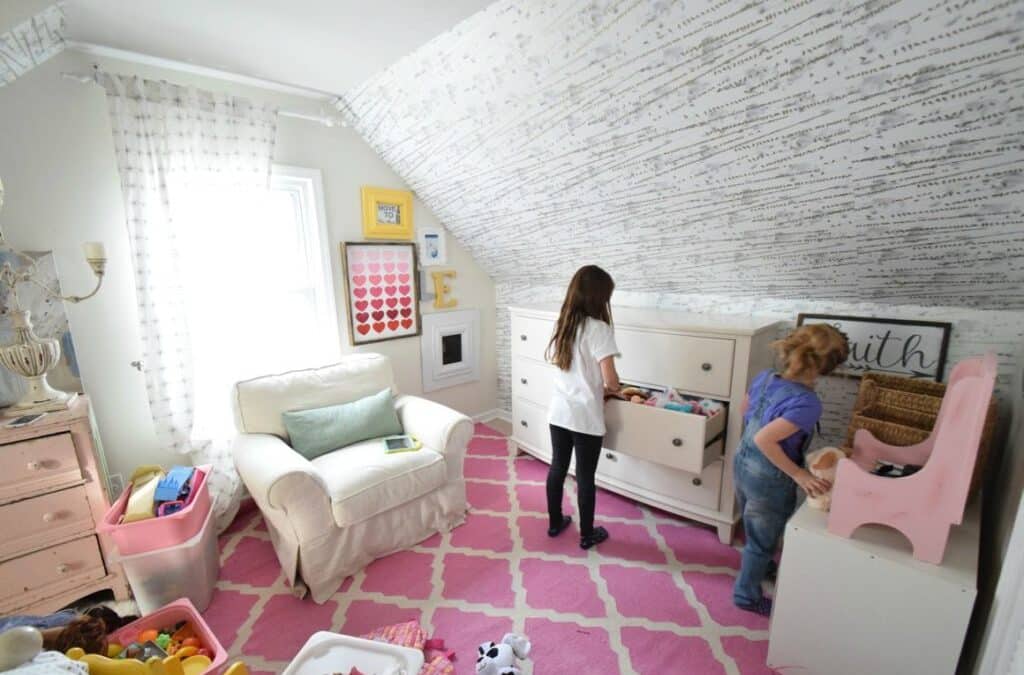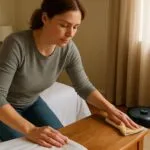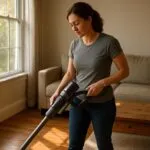Deep cleaning a kid’s room can help your child learn responsibility, respect for the environment, and self-esteem. Kids love to live in clean, orderly spaces, and a clean bedroom helps them establish healthy habits early.
Keeping a clean kid’s room is essential for preventing illness. Keeping a clean home is vital not only for health reasons but also to ensure the child’s safety. There are some simple and useful tips to deep clean a kid’s room, which we are going to discuss in this cleanup guide in detail. Deep clean a kid’s room should not stress you out. Your kid will be thankful you took the time to clean it!
1. Declutter the Room
The first step to start to deep clean a kid’s room is decutler it. When decluttering a child’s room, break the chore up into smaller parts. For example, set a timer for fifteen minutes and ask your child to declutter the room during that time. This way, you won’t create a huge mess or exhaust yourself or the kid.
Start by decluttering flat surfaces in your child’s room. Take one or two passes around the room, if needed. Make sure to pair up toys and other items by size. This will help you make the room more organized and usable. You may also want to pair up books and toys. Next, sort out clothes. This is the easiest item to sort through, so you may want to help your child do it. Put away items that don’t fit and that you no longer use. Also, make sure to get rid of items that are too old to keep. These old or unused clothing items can be donated to a local charity.
In A House With More Kids, More Work To Do
If you have several kids’ rooms, declutter each one separately. It’ll take longer if you declutter all of them simultaneously, so it’s best to focus on one room at a time. Getting rid of clutter will help your child to take more ownership of their room, so ask her for help as needed.
Another important step in deep clean a kid’s room is to get rid of toys and other items that are cluttering the room. Leaving things scattered all over the floor is not only a messy sight but it can cause accidents and damage. Also, you should put dirty clothes in the hamper, clean clothes in the closet, and shoes in the shoe rack. Also, make sure to clean underneath the bed and on side tables. Change the bedding and smooth out the comforter. Put toys in appropriate places and keep random tech items in a separate basket.
2. Start by Dusting the Light Fixtures and Fans
Before you can tackle cleaning light fixtures, start by dusting them thoroughly. It is important to remember that cleaning can cause damage to light bulbs, so make sure they are completely cooled before you begin. Use a damp microfiber cloth to remove any excess dust from the bulbs. Once you’ve removed dirt and dust, clean the bases of the light fixtures and fans. If necessary, replace any light bulbs with new ones.
You should also disinfect the room, as kids tend to bring germs from outside into the house. Wipe the light fixtures and fans, as well as the walls. You should also dust the bookshelves, dressers, and ceiling fans. In addition to dusting, you should sanitize everyday toys and play surfaces. Finally, make sure to vacuum the floor and baseboards of the room.
It is a good idea to enlist the help of the kids with the cleaning and organizing of their rooms. If they are old enough, they can help you with folding clothes, sorting toys, and dusting fixtures. You can even ask them to help with cleaning the windows.
Dusting light fixtures and fans should be cleaned regularly to prevent the growth of dust mites and other allergens. You should also clean the fabric shades on light fixtures. You can use a microfiber cloth or a lint roller to remove dust. If the buildup is heavy, you should consider using a vacuum attachment.
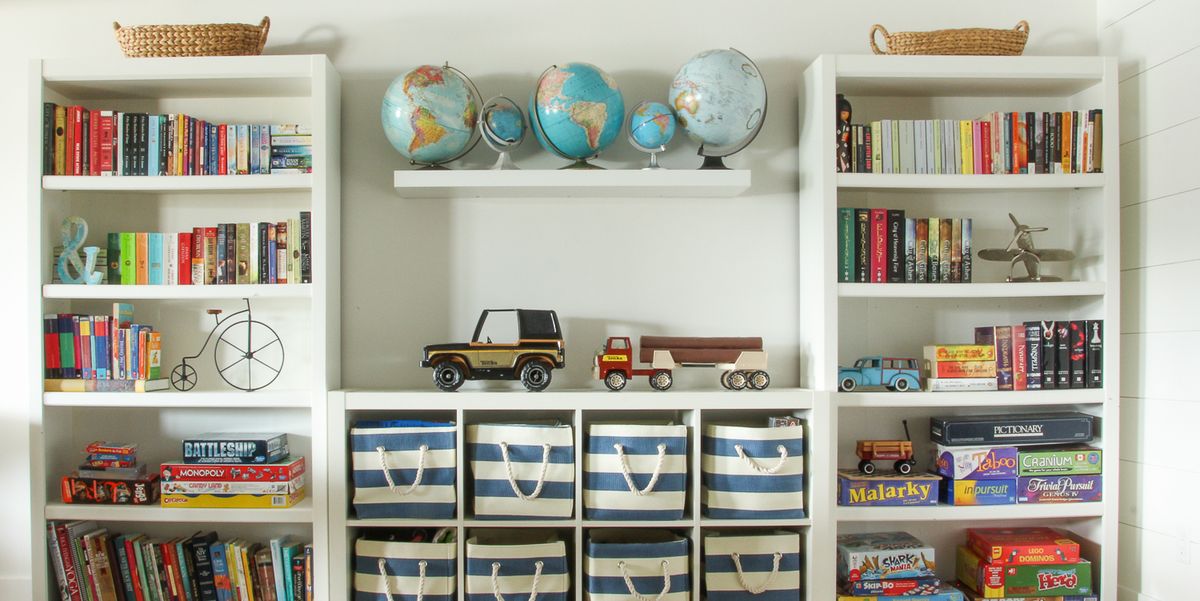
3. Dust the Furniture
Around 40% of the dust comes from indoors and 60% comes from outdoors, which causes allergies. If you want to keep your child’s room clean, dust the furniture frequently. This is because children’s rooms tend to have more dust than other rooms in the house. They use their bedrooms more often for sleeping, playing, and indulging in hobbies. Their toys can also collect dust. Books and magazines tend to attract lots of dust too. Changing bedding and pillows regularly can help prevent this problem.
Once the furniture is clean, you can clean the walls and baseboards. You can purchase a furniture cleaner at a store like The Home Depot. Once you have a solution, use a soft cloth to wipe down all surfaces. Make sure to remove any items that aren’t required to stay in the room. Try to involve the child in the process. By having them help you clean, they will feel more responsible for their personal space. If they can help you with the cleaning process, it will encourage them to take care of their room later. Give them a short-term job to get them started.
4. Vacuum the Floors
The first thing you should do when vacuuming the floors in a child’s room is to remove any objects that may hinder the process. This includes shoes, coats, backpacks, and toys. Also, make sure to pick up any large food particles or debris that might be on the floor. It is impossible for a vacuum cleaner to work properly if it is full of dust or dirt.
You can also combine vacuuming with learning colors. Give your child a color and ask them to pick up any items of that color. This will get them excited about cleaning and learning. They can even vacuum under the furniture, which may be hiding dirt and germs. This way, the floors are kept clean and hygienic.
Carpets and other floor coverings are notorious dust magnets, and they need to be cleaned as often as possible. It is recommended that you vacuum these floors at least two to three times a week. Carpets and floor coverings are especially dusty because children walk on them and transfer dust from other items.
5. Clean the Bedding
You can wash the bedding in your child’s room several times a year. Similarly, a clean mattress cover will keep a child’s room free from bacteria. Kids tend to sweat more frequently during the puberty years when their body glands become most active. It is best to clean the bedding every couple of months so that it stays in good condition.
Washing the bedding in a child’s room is very similar to cleaning adult bedding. You should wash bedding every ten days to a week, and you should wash it at 60°C to kill any bacteria. If you have a child with allergies or the flu, it is best to wash their bedding more frequently than others. If you wash all the bedding on the same day, it will help to maintain a consistent frequency.
When washing children’s bedding, choose sheets that have a high thread count and feel soft. You can even get sheets that come in 24 different colors, which are inspired by Crayola crayons. Pillowcases should also be washed regularly. Because they are often touched by the body, pillowcases are more likely to harbor allergens, so it is best to remove them from the bed after every use.
It is also a good idea to consider the season when choosing bedding for a child’s room. For example, in the summer, a child will need a different amount of warmth than in the winter. You should buy bedding that comes with a summer and winter tog rating to cater to your child’s specific needs. Proper temperature regulation will improve your child’s sleep.
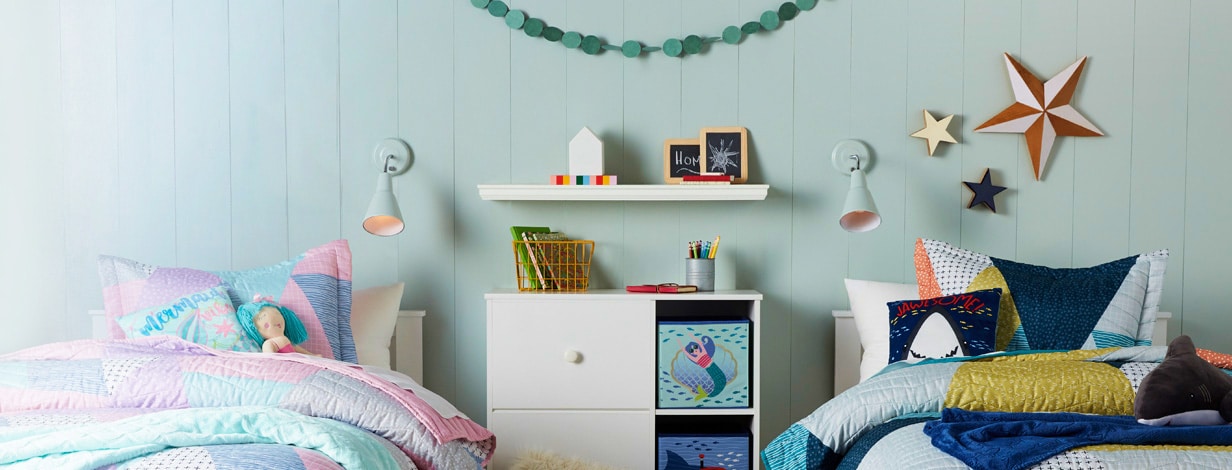
6. Wash and Sanitize Toys
If your child plays with toys that can become contaminated, you should wash them regularly. It’s part of deep clean a kid’s room. To clean them properly, you should use a gentle or delicate washing cycle. Make sure you use a detergent that is fragrant and dye-free. You can also use a cleaning wipe to clean the toys. You should also dry them thoroughly.
The toys should be washed to remove stains and germs. You can use a steam cleaning machine or a carpet cleaner attachment to wash the toys. If you don’t have one, you can just use a natural stain remover to disinfect the toys and remove the stains. After washing all the toys and clothes, you should organize the toys in the room. Make sure the storage areas are easy to find and keep organized. You should also get rid of any outgrown clothes and toys.
When washing the toys, you should use warm water and soap. This is a safe and effective way to disinfect them without the risk of damaging them. If you’re using a cleaning solution with bleach, make sure to dilute the solution with water. Another option is to use a disinfectant mist. This is EPA-approved and will kill 99% of bacteria, viruses, and germs on surfaces. It is non-toxic for children and will disinfect the toys without leaving any residue on them.
7. Wash the Trash Cans
A child’s room can be a haven for germs. Not only do they have soiled clothes, but they are also the home of dirty tissues and shirt-sleeve germs. Keeping their trash cans clean will help keep the room sanitary and healthy for the child. If your child has a trash can in their room, make sure to put a trash bag in it to catch any crumbs. A bare trash can is a breeding ground for germs and bacteria. If possible, wash the trash can in the shower. If this is not feasible, use plastic Target shopping bags as liners and make sure to wash the trash cans every few weeks.
It can be fun to get your kid to help you clean by putting a room cleaning checklist of things that they need to do. This can also be a great teachable moment, as it will help them learn responsibility and the importance of doing a good job. Start by gathering all the cleaning supplies. Then, prepare your child’s room by putting the supplies where they can reach them easily.
To start, remove old clothes and toys from your child’s room. Toss out items that are no longer needed. This will also make the room look less cluttered. Clean the toys, clothing, and other surfaces with warm water and dish soap. You can also use a cleaning wipe to clean doorknobs and window sills.
The trash cans should be thoroughly cleaned inside and out. Make sure to use a cleaning solution that kills the bacteria that cause bad odors. You can also use Lysol Disinfectant Spray to disinfect the trash cans. Be sure to rinse them thoroughly with water afterward.
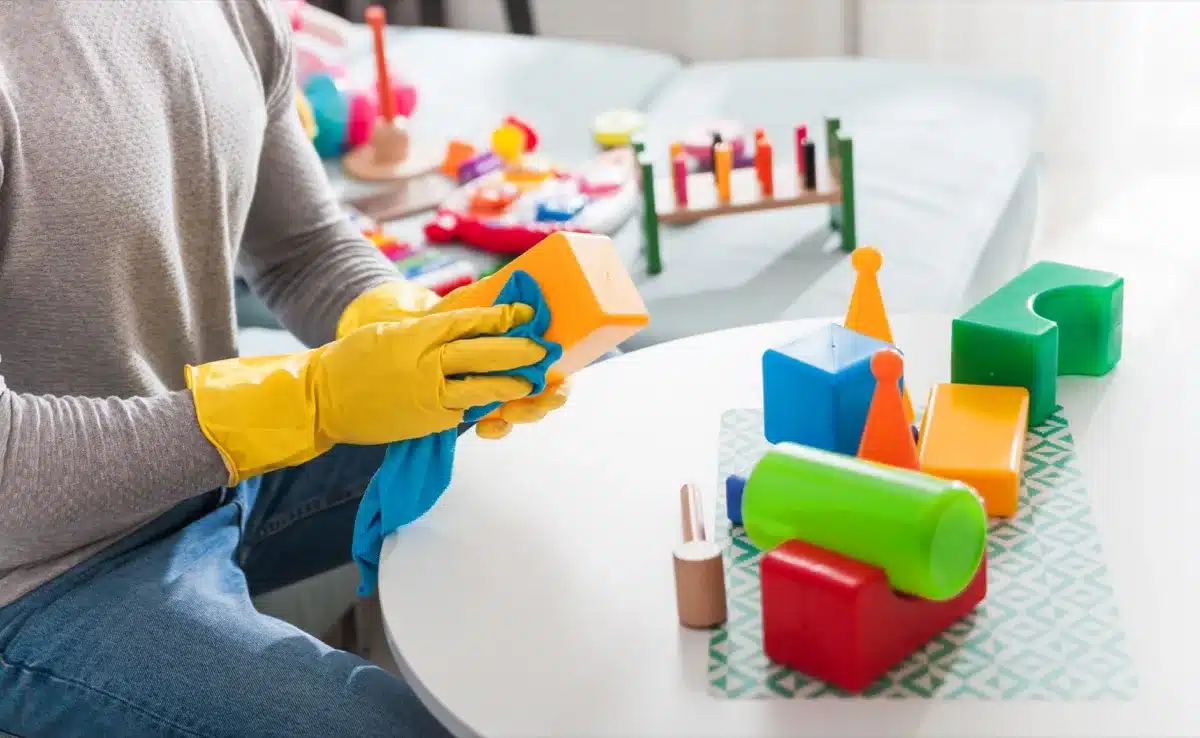
8. Wipe down Surfaces with Anti-bacterial Wipes
It’s essential to disinfect surfaces that are touched by hands often. This includes bathrooms and playrooms. Using a disinfectant wipe and washing your hands after each use is recommended. It’s also important to disinfect personal items. Use antibacterial wipes or wash them with regular soap and water.
Disinfecting wipes are EPA-approved and are widely available. These wipes use a non-bleach disinfectant that kills germs and bacteria. They’re recommended for hard surfaces and are available in both single-canister and six-packs. However, they take longer to disinfect than Clorox wipes. This means you should wait at least 10 minutes between uses to make sure that they’ve fully disinfected the surface.
Disinfecting wipes are safe for most surfaces, but make sure to read the label carefully and test a small area before proceeding with a larger cleaning project. Some disinfecting wipes can be harmful to your child’s skin, so always check the labels and avoid these brands. Disinfecting wipes are not a miracle product, but they do have many benefits. According to the Soap and Detergent Association, 71% of Americans use wipes to disinfect surfaces. In addition, 77% keep two wipes containers in their home. A quarter of these wipes are used daily.
You can also invest in an air purifier to keep your home clean and free of viruses. A thorough cleaning can help your child breathe easier and sleep better.
9. Sanitize the Bed Area
When deep cleaning your kid’s room, one of the most vital steps is sanitizing the bed area. You can use biological washing powder or a disinfectant to kill bacteria and viruses. When you are using a disinfectant, be sure to keep the bedroom well-ventilated, preferably with windows open. This will prevent you from breathing in chemical fumes during the cleaning process. Sanitizing the bed area involves washing surfaces with soap and disinfectant and letting the solution sit for 30 seconds before wiping them clean.
Before you begin the cleaning process, start by taking all clothing and toys out of the room. Toys should be put away in a hamper or stored in a basket. Other trash should be emptied into a garbage can. You should also clear away the trash from under the bed and the side tables. Make sure to remove any piles on the bed, smooth out the comforter, and clean the bed area. If your child has a four-post bed, you should clean the headboard and any other items around the bed as well.
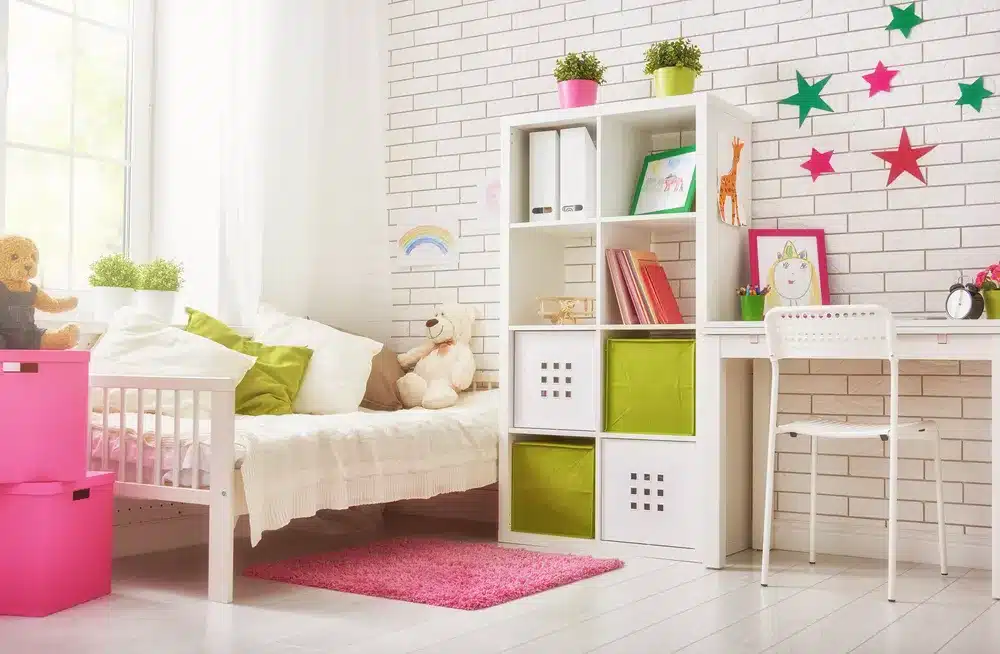
Conclusion
It is important to regularly deep clean a kid’s room. Children tend to accumulate dirt and mess much faster than adults do. It’s recommended to perform deep cleans three or four times a year. This will keep the mess to a minimum. It’s also a good idea to take your child’s help in cleaning the room so they can be less likely to create messes.
My Cleaning Angel is a cleaning company you can trust to provide outstanding residential deep cleaning. We ensure that our deep cleaning and spring cleaning solutions meet the highest industry standards and maximum hygiene requirements. Book cleaning services online, book fast and easy your next deep clean with My Cleaning Angel today!

